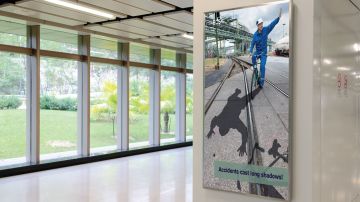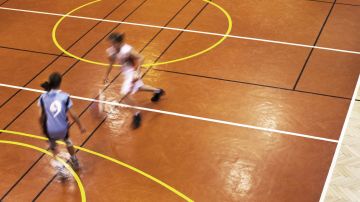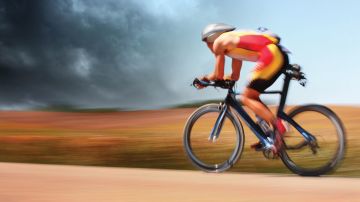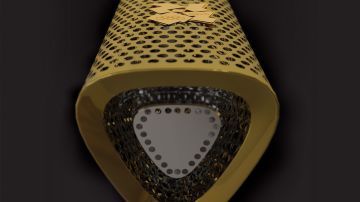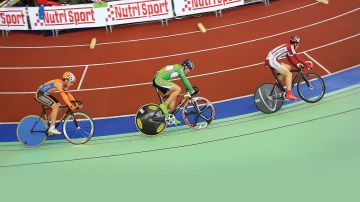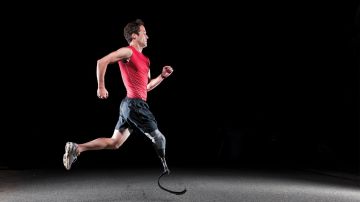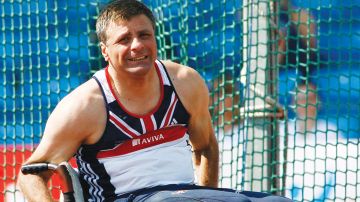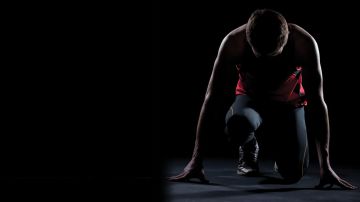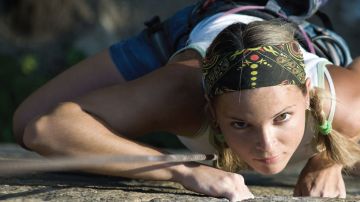Carbon fibre stands to revolutionise the way we all live, work and play. And in many ways, it already has. One only has to watch sprinters competing in the Paralympic Games on carbon-fibre blades. INEOS Nitriles supplies the world with acrylonitrile, the core ingredient needed to make carbon fibre.
No-one will forget the sight of American sprinter Dennis Oehler break the 12-second barrier in the 100-metres at the Seoul 1988 Paralympic Games in South Korea.
For it was the first time the world had seen carbon fibre springs in action.
Those carbon-fibre blades, which have since revolutionised track events for disabled athletes, are today an iconic symbol of Paralympic sport.
And for INEOS Nitriles – the world’s largest producer of Acrylonitrile – it’s yet another reason to feel mighty proud.
Acrylonitrile – a chemical from the cyanide family – is an essential ingredient in the manufacture of carbon fibre.
Without it, the world would not have carbon fibre, and without carbon fibre many important, new developments would simply not be possible.
Barry Slater is global sales director of INEOS Nitriles.
“It is an incredibly exciting area to be working in,” he said.
“The biggest challenge is that carbon fibre is expensive – it’s a lot more expensive than steel - but it’s starting to find its way into many premium markets.”
Take the Boeing 787, America’s state-of-the-art medium-sized, aircraft, which was launched late last year. Its carbon fibre structure has led to a reduction in weight with co2 emissions being slashed by almost 20% compared to existing aircraft.
The people behind the aircraft are Toray, a Japanese company that is now considered the world number one in the manufacture of carbon fibre. The people behind Toray are INEOS, which has secured the rights to supply Toray with Acrylonitrile for the Boeing 787 fleet.
And so far Boeing is believed to have already received orders for more than 800 aircraft from airlines around the world.
“It is fantastic for INEOS,” said Barry.
In the meantime, though, attention is, for now, focused on the Paralympic Games which open in London on August 29.
There, carbon fibre has played a significant role in the dramatic increase in performance for disabled athletes and it is the properties of the material that make it ideal for prosthetics.
For a start it is about five times as strong as steel. It is stiffer but much lighter. It is made up of strands of carbon, thinner than a human hair that are twisted together and then woven like cloth to make a carbon fibre layer.
Each running blade is made up of more than 80 layers of carbon. Each layer is added one at a time over a mould, by hand. It can take one person two hours to lay the carbon for a single running blade. Pressure and heat are then applied to fuse and harden the carbon layers. It is the moulding and the setting that is the interesting bit.
One athlete competing using carbon fibre running blades will be 100m World Champion Heinrich Popow who almost set a new European record when he ran the 100 metres in 12.43 seconds at Berlin on June 15.
“It was the perfect start to the season,” he said. “And I now cannot wait for London.”
At London 2012 he will be competing in the 100 metres and the long jump.
But it is the 100 metres where he hopes to take home the gold medal to Germany.
“It’s all about the 100 metres and I don’t want to finish second,” he said.
He also hopes his performance will help to raise the bar for all Paralympic sports.
“For me it is clear that all competitors for the Paralympic Games are acknowledged as athletes in their own right, not for their disabilities,” he said.
Heinrich, who had once dreamed of becoming a professional footballer, said it had taken time to learn how to run fast with a prosthetic leg, but the secret had been to never give up.
“Sport is the most important thing in my life,” said Heinrich, who was just nine when doctors discovered a tumour in his left calf and told him that his leg had to be amputated.
“No matter whether I win or lose, I don’t give up. I stick with it. I want to encourage other people with my success and show them that there is always an opportunity, even in the biggest setback.”
Also competing at the London 2012 Paralympic Games on a carbon fibre running blade will be Kelly Cartwright. The International Paralympic Committee believes Heinrich and Kelly are two of the athletes to watch this summer.
“I believe you can do everything that you want to do in life regardless of whether you have a disability or not,” said Kelly.
“I am asked quite a bit about the things that I can’t do because of my disability but the only thing that I can think of is wearing high heels.”

